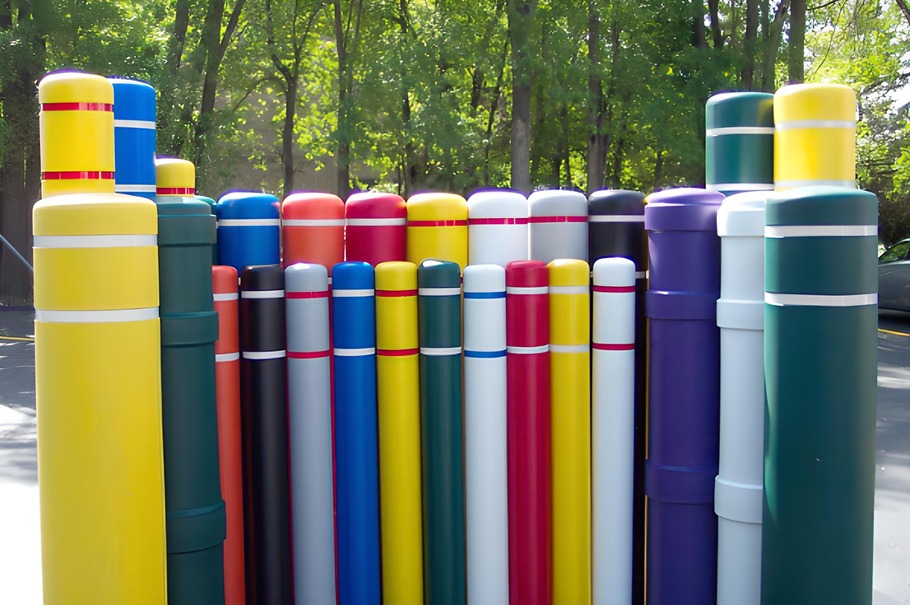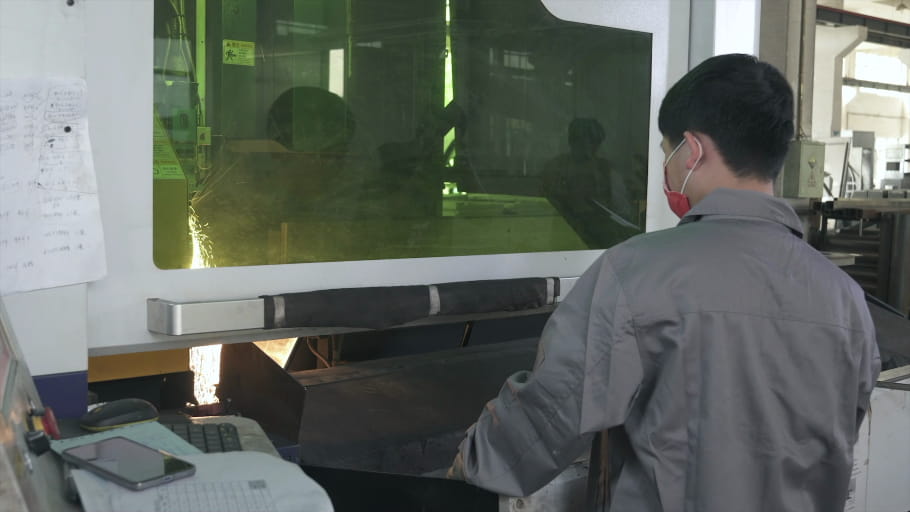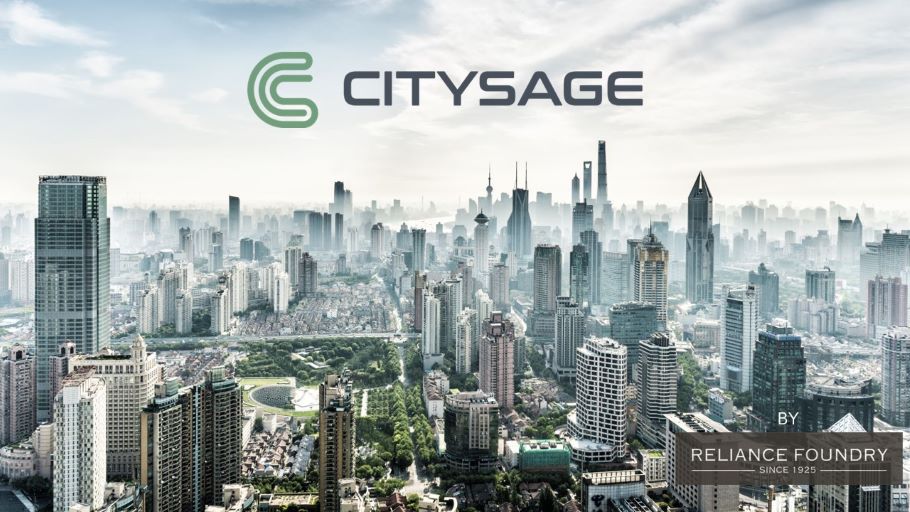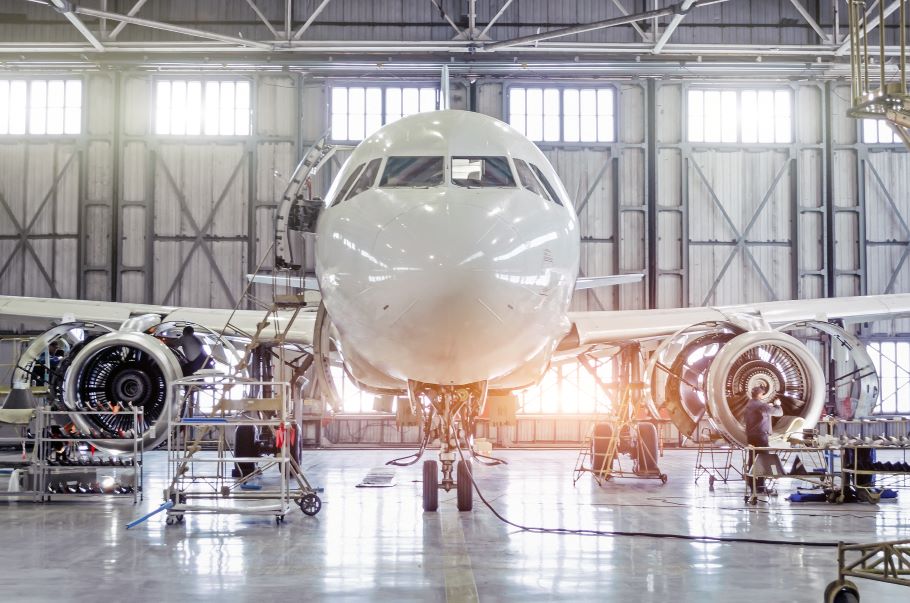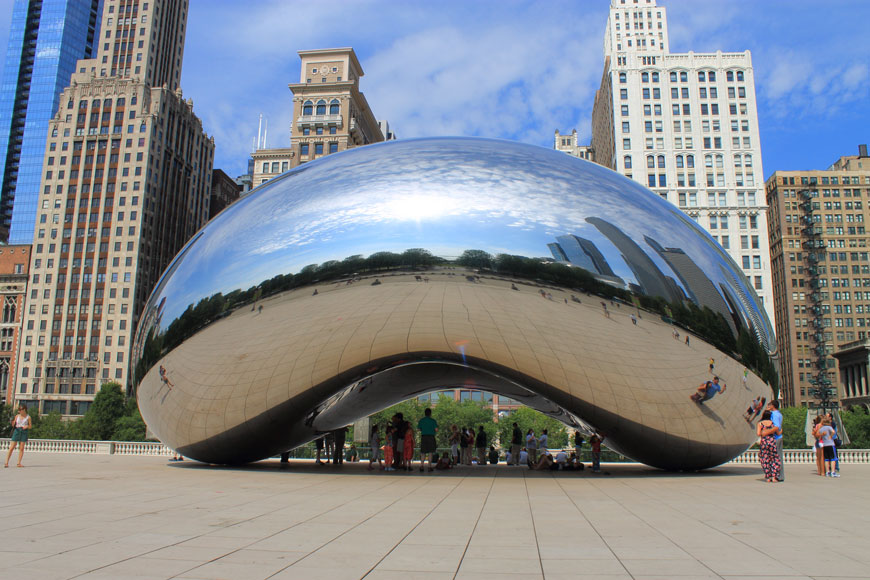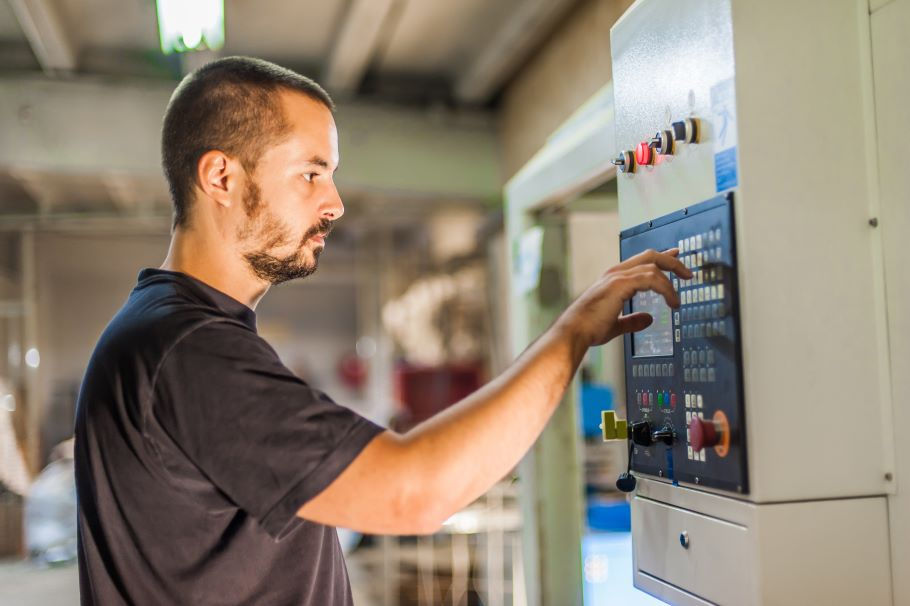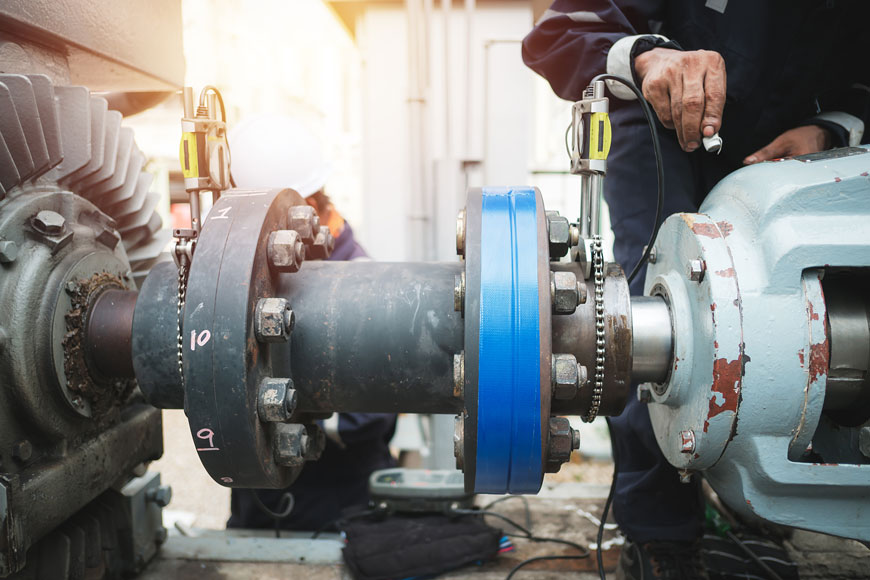How foundries use 3D printers for rapid product design

Product development is an exciting process of discovery. Investing in new products demonstrates a company’s commitment to the needs of its customers. Research and development can take a long time, iterations of building and adjusting models and prototypes. It takes time to learn what works—and what doesn’t. 3D printing is a very useful tool to expedite the design of many manufactured goods, including metal products.
Why prototype?
Prototyping is an essential stage in product manufacturing, bridging the significant gap between theoretical design and the final working product. It gives product designers the opportunity to work with, and learn from, real-world models. It allows them to test and try new ideas, with the goal of improving and refining toward a final product.
When designing a new product, form and function can be tested in different stages. Some prototypes are produced solely to examine size and appearance. Others can be designed to test specific characteristics for function and fit.
What you need to know about rapid prototyping
New product design considers both appearance and functionality
There are several standard prototypes. Traditionally, the most basic prototypes are mockups of paper, wood, or foam created by artisans from drawings or digital designs. Further prototyping stages may be made, of continuing complexity, during the process of design. Before a production run is launched, factories do a test run, creating a production prototype to evaluate the product’s quality and assess the process at the factory.
Rapid prototypes advance the utility and efficiency of many of the first prototyping stages. Since artisans have traditionally done mockups, and production prototypes have usually required custom tooling, prototyping has generally been slow and costly. Being able to print and adjust prototypes on the fly can shorten these iterative design stages substantially. In some cases, a plastic prototype can be used to help streamline the production process. Casting methods in particular often require the use of a pattern and/or die, which can be expensive—and justifiable only when large-scale production will generate returns on investment—and the creation of pattern mockups on a 3D printer can allow a designer to catch issues before going to larger scale wood or metal.
Of course, these prototypes are not production prototypes. Substituting plastic for metal during this period means there are some metal properties that cannot be checked for. To print a bollard at full size in plastic on a 3D printer is also, on a per-unit level, far more expensive than casting one. However, printing models to scale give designers something they can examine and manipulate, and any changes that arise out of this require nothing more than a tweak to the digital CAD file and a quick reprint.
Many prototypes are also produced at smaller scales and/or with less detail than the final product. While they represent only a portion or aspect of the final design, they can still be valuable in making decisions early in the design phase—rather than later when it becomes costlier to refine.
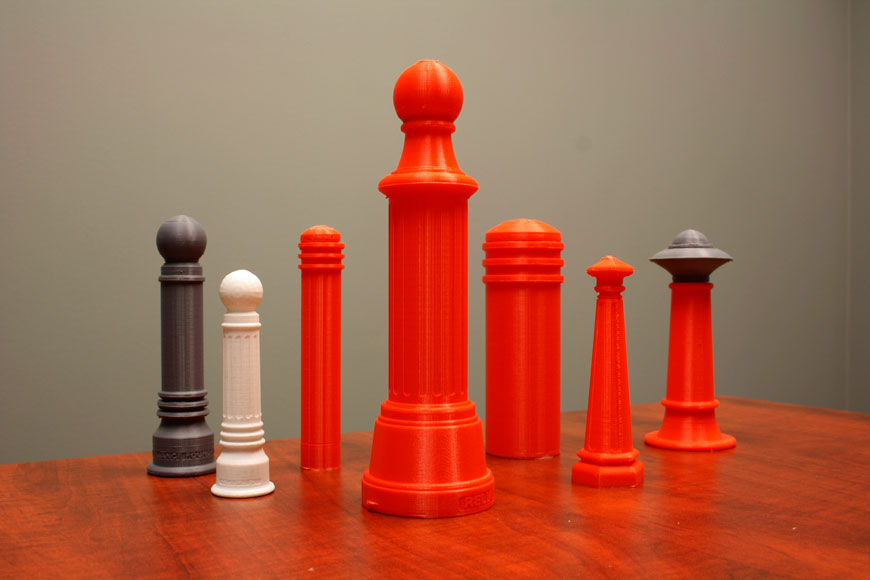
Rapid prototyping with 3D printers
Rapid prototyping through 3D printing uses additive manufacturing technologies. Digital designs, or CAD models, are typically “sliced” by the computer algorithm into many minute horizontal layers, which are then printed one at a time.
3D printing has been around in various forms since the 70s and 80s, but only recently has it evolved to be useful at a commercial scale. While there are limitations, the technology is evolving rapidly. The most advanced 3D printers can print multiple materials with varying properties and colors. Direct metal laser sintering (DMLS) printers can even print metal products.
Size constraints and the surface quality of 3D printed prototypes have improved greatly over the years as well, making them especially useful for designers as they iterate through initial development phases.
Creating metal parts with 3D printing
Will DMLS printers challenge the metal casting or working industries? The 3D industry is dynamic, with new developments announced almost every day. Large scale projects, like the 3D-printed bridge by MX3D in Amsterdam, show that there is a lot of potential in even structural manufacture. Yet this form of printing is not in competition with traditional metal manufacturing. Even with these developments, 3D printing is more likely to enhance rather than replace traditional metal manufacturing on a large scale in the next few decades—even Amsterdam’s bridge is secured with traditional raw steel providing support on the deck.
3D metal printing is not generally pouring and layering molten metals, of course. Today’s technologies print metal by incorporating a metal powder in a non-metal matrix that is heated and piped into shape. In some processes (although not for the bridge above) the metal is then heated so that the matrix evaporates away.
This printed metal may provide more strength than plastic but cannot offer the wide range of possible alloys available at a traditional foundry. The incredibly high heat and controlled cooling conditions needed for many specific grades of steel and iron mean that working to achieve one grade vs. another is a tricky balance of temperature and pressure. Further, metal strain can be caused if one part of a casting cools faster than another—and needs to be controlled at the site of a join. 3D printing builds an object through depositing layers in order: even if this were possible with traditional near-molten steel required for some ferrous alloys, the stresses caused by different levels of cooling would fundamentally change the properties of the metal compared to a full-cast piece.
Even still, the material printed by metal printers is closer to steel than plastic. Excitingly, for the foundry, this metal printing technology may someday allow functional testing of a rapid prototype. Maybe a metal part could be cheaply printed and put under relative stress, and then tweaked through the production process.
Rapid prototyping for the foundry, today
Casting equipment and techniques have been improved through centuries of learning and development. Sand casting gives manufacturers a lot of control in the behavior of metal in the molten and cooling states, which change the mechanical properties of the metal. Metal treated differently through the casting process can be crystalized in different shapes, each of which may be worked for additional properties. This accounts for the range of mechanical properties available to a client through metal casting.
Yet making the patterns for these castings has meant laborious hand carving of wood patterns to form into the sand. These patterns need to be created without places that metal might “pool” and therefore cool more slowly, creating internal stress on the part. They need to be smooth enough to pull out of the sand they’re imprinting. The creation of a printed object can allow the designer and the foundry to consider changes to the object that will help in the creation of the most efficient, best shaped pattern for the project.
Investment casting is a versatile process ideal for high-volume production—especially for complex designs and where surface quality is important. With investment casting, a die is usually made to produce wax patterns, which are then coated to form ceramic molds. Wax patterns are easily melted away, leaving mold cavities ready for molten metal.
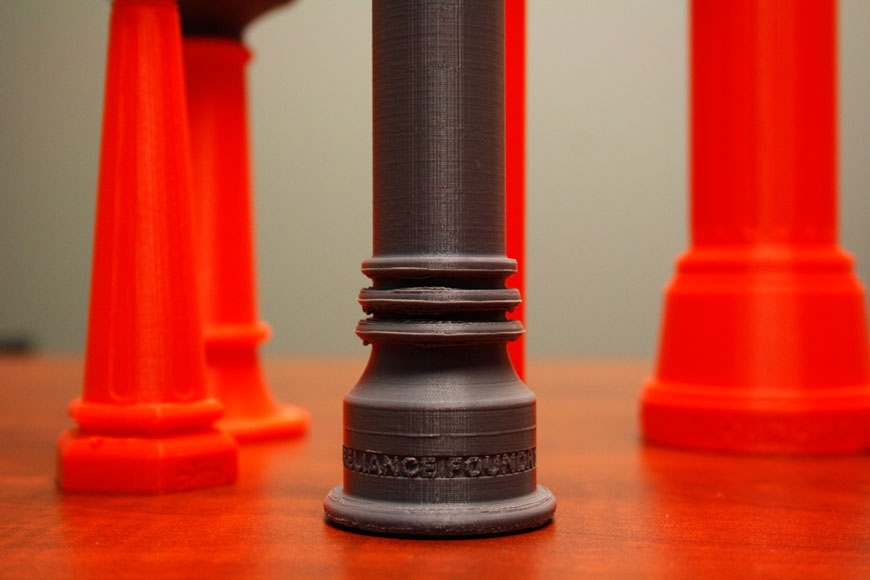
Dies can be expensive to produce, however, which can significantly increase unit costs early in the design phase. What many manufacturers are doing is 3D printing wax patterns for prototypes—eliminating the need for custom dies. Designers can review their part and work toward a final version before committing to more expensive tooling for long-run production. Printing patterns is also more economical for short runs and one-shot productions. In investment casting, 3D printers can therefore create the final pattern for use.
A rapid prototyping revolution
3D printing is a revolution in metal casting, even if it does not replace traditional metal manufacture. Traditional sectors are only limited by their imaginations when considering how the future of this fast-developing technology can enhance traditional production practices. The savings available in prototyping allow for more tweaks and changes, extra iterations before going into full-scale production. Whatever comes next in the future of 3D printing, it will certainly be a helpful tool for all those designers looking to create the best products for their clientele.




